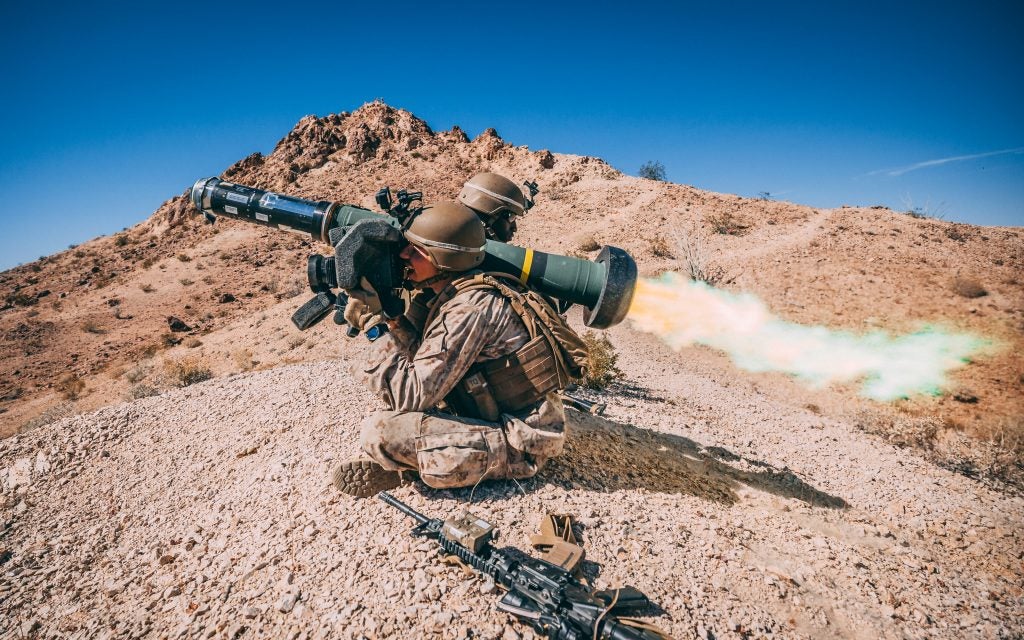Mystery French Javelins in Libya
Four US-made FGM-148 Javelin anti-tank guided missiles, discovered in a rebel base in Libya, have caused a diplomatic incident between France and the Government of National Accord (GNA). GNA soldiers discovered the Javelins in June in the township of Gharyan, 100 kilometers south of Tripoli, which had recently fell to GNA forces. Based on photographs, no CLUs (Command Launch Unit), which are required to be able to launch the missiles, were recovered.
The French government recognizes the legitimacy of the GNA and have signed security pacts with the GNA Interior Ministry. The GNA’s main rival are the Libyan National Army (LNA) led by Khalifa Haftar. Numerous other militias, including a strong jihadist presence, have vied for control since the 2011 NATO supported toppling of the Qaddafi regime.
The French Ministry of Armed Forces noted in a July 11 statement; “The weapons were intended for the self-protection of a French detachment deployed for counter-terrorism intelligence purposes. Damaged and out of order, these munitions were temporarily stored in a depot for destruction. They were not transferred to local forces.” The phrase ‘Counter-terrorism intelligence purposes’ would point to the Action Service/Action Division of the DGSE although elements of COS, the French version of USSOCOM, have also been known to operate in Libya.
Another statement, however, seems to leave open the possibility of French support to Haftar and the LNA; “France has long supported all established forces engaged in the fight against terrorism, in Libya, in the Tripoli area and in Cyrenaica, as well as more broadly in the Sahel.” The most likely explanation was that an element of French DGSE or COS operators was indeed based in Gharyan and supporting the LNA in its efforts against jihadist militias.
The GNA Interior Minister Fathi Bashagha noted in an interview with Bloomberg that he was aware of two French special operations teams in the region, both of which left “shortly after Haftar began his offensive in early April”. The existence of a third team, which likely left at the same time as the two supporting the GNA, remains unconfirmed.

